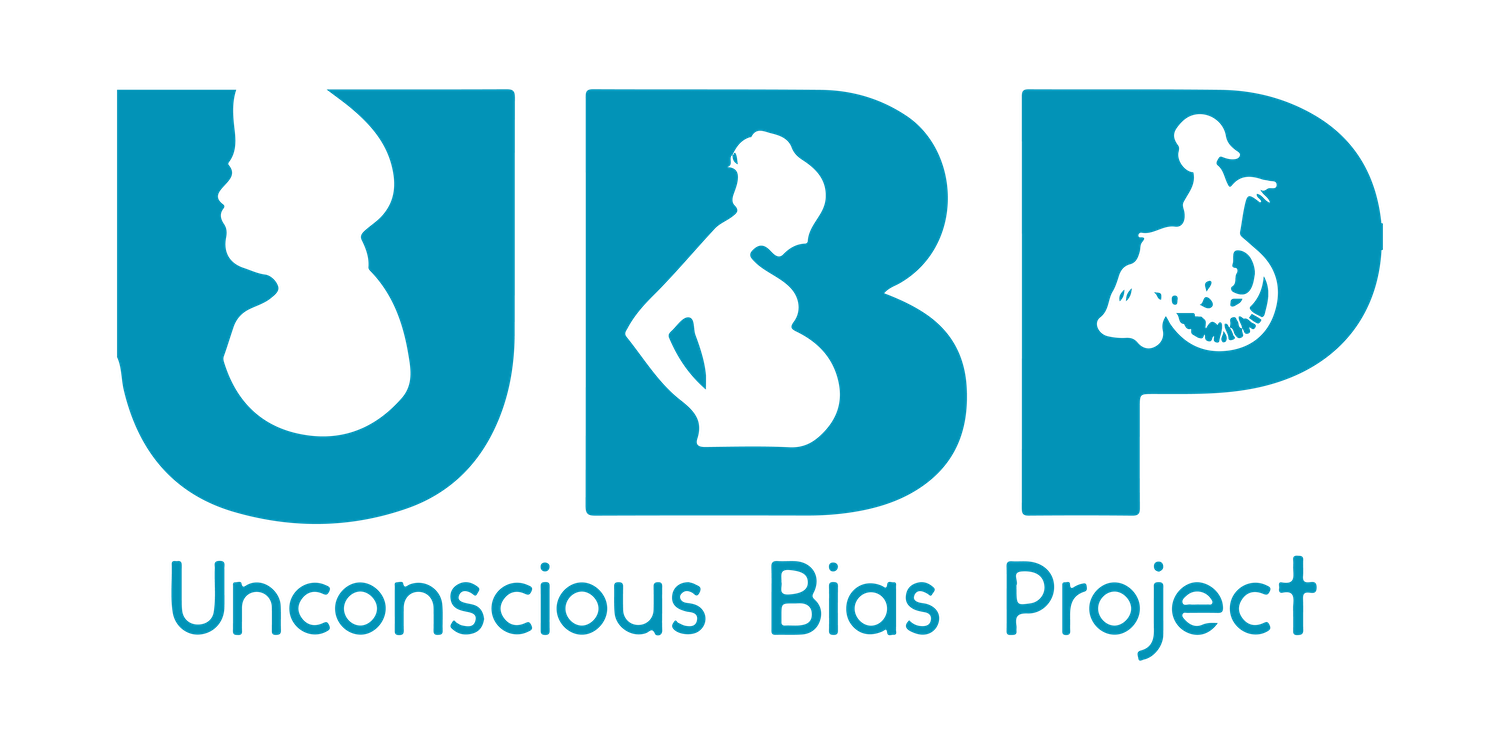Adjust Your Media Diet
Changing your “media diet” can be a fun and easy way to combat your bias.
What is Media Diet?
Your media diet is the sum of information and entertainment that you take in. Media can be television, movies, radio, YouTube channels, books, magazines, Facebook, Twitter, and other forms of social media.
Why It’s Important
From a young age, we are exposed to media that may impact our perception of reality. (Bryant, Thompson, Jennings, Susan (2013). Fundamentals of Media Effects. Waveland Press Inc. p. 155.) This can be problematic when this media misrepresents members of our society, such as by enforcing negative stereotypes. For example, a recent study analyzed 120 global films found that 81% of characters who have jobs were male, and women were over 2 times as likely to be shown in sexually revealing attire. Even more concerning is the finding that media actually underrepresents progress of female representation across professions. For example, women represent 24% of senior management globally but only represented 14% in the 120 films surveyed.
Fortunately, media can also influence society’s thoughts and opinions in a positive manner. For example, a 2006 study found that of those surveyed, people who watched the popular show Will and Grace most often were least likely to be prejudiced towards the LGBTQ community. The theory behind this sort of effect of media can be explained through the Contact Hypothesis, or Intergroup Contact Theory. This is the idea that intergroup contact can reduce prejudice through the reconceptualization of group categories. Interacting with fictional characters through media is one opportunity for intergroup contact.
Consciously choosing media that is counter-stereotypical and/or portrays members of certain groups in a positive light is a fun and easy way to reduce your unconscious bias. Please refer to the list below to view some suggestions, and feel free to submit more ideas for positive media here.
Books
Lists:
Authors and Selected Works (Fiction):
Diana Abu-Jaber, e.g., “The Language of Baklava”
Chinua Achebe, e.g., “Things Fall Apart”
Chiamanda Adiché
Octavia Butler
Chii, e.g., “Hanayome Wa Motodanshi” (manga!)
Samuel R Delaney
Jennifer Egan, e.g., “A Visit From the Goon Squad”
Laura Esquivel, e.g., “Like Water for Chocolate”
Alex Haley, e.g., “Roots”
Nalo Hopkinson, e.g., “Midnight Robber”
Zora Neale Hurston, e.g., “Their Eyes Were Watching God”
Sayed Kashua, e.g., “Dancing Arabs”
Ronit Matalon, e.g., “The One Facing Us”
Toni Morrison
Haruki Murakami
Nnedi Okorafor
Helen Oyeyemi, e.g., “Boy, Snow, Bird”
Arunahadi Roy, e.g., “The God of Small Things”
Salman Rushdie, e.g., “The Satanic Verses”
Alex Walker, e.g., “The Color Purple”
Nonfiction:
“Blindspot: Hidden Biases of Good People” by Mahzarin R. Banaji
Movies
Bechdel Test
A movie passes the Bechdel Test if (1) it has at least two women in it, (2) who talk to each other, about (3) something besides a man. The test was popularized by Alison Bechdel’s comic Dykes to Watch Out For, in a 1985 strip called The Rule. Here are some lists of movies that pass the Bechdel Test:
Racial Bechdel Test
The Racial Bechdel Test is analogous to the Bechdel Test, but for people of color. A movie passes if (1) it has at least two people of color in it, (2) who talk to each other, about (3) something besides a white person. Here’s some lists to check out:

